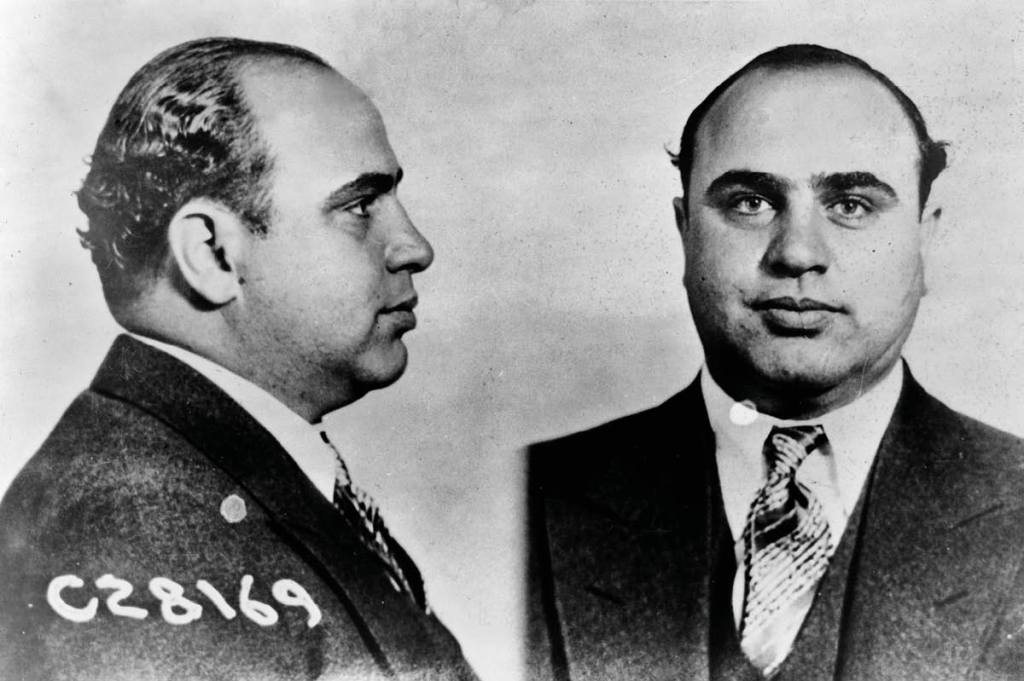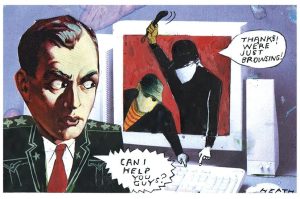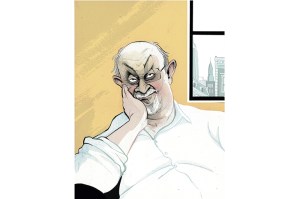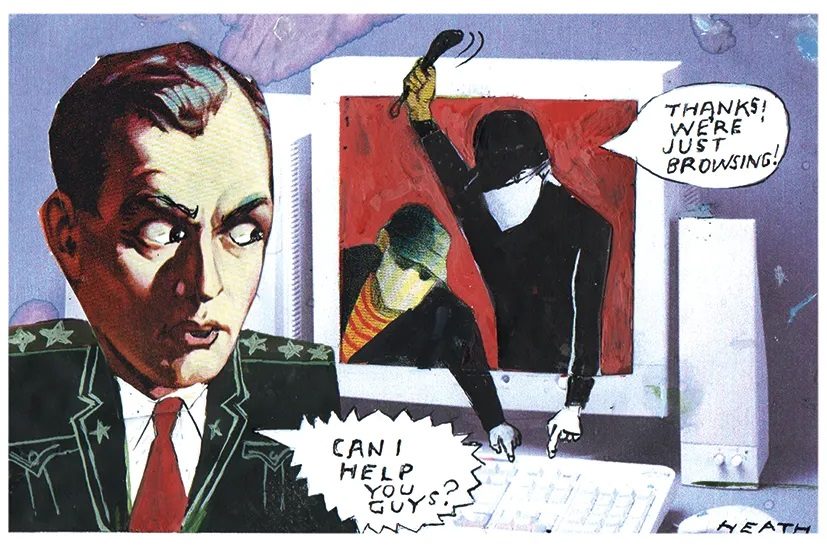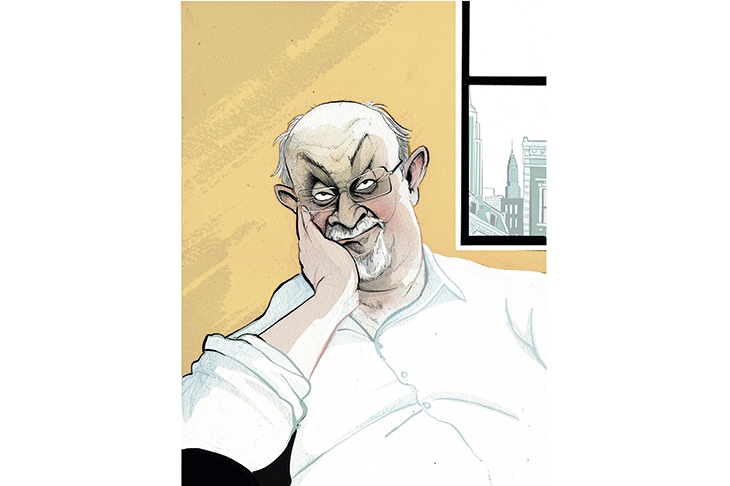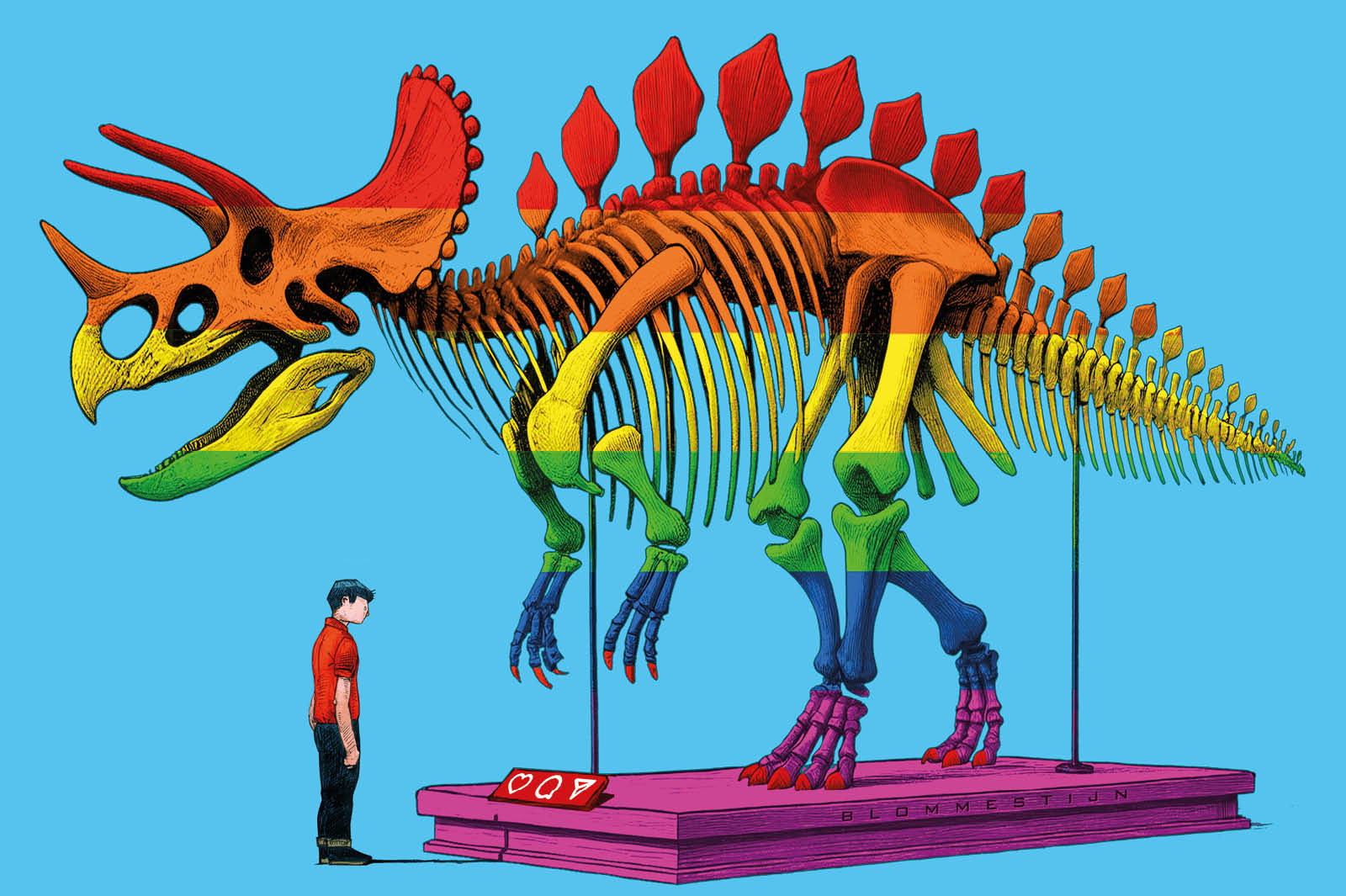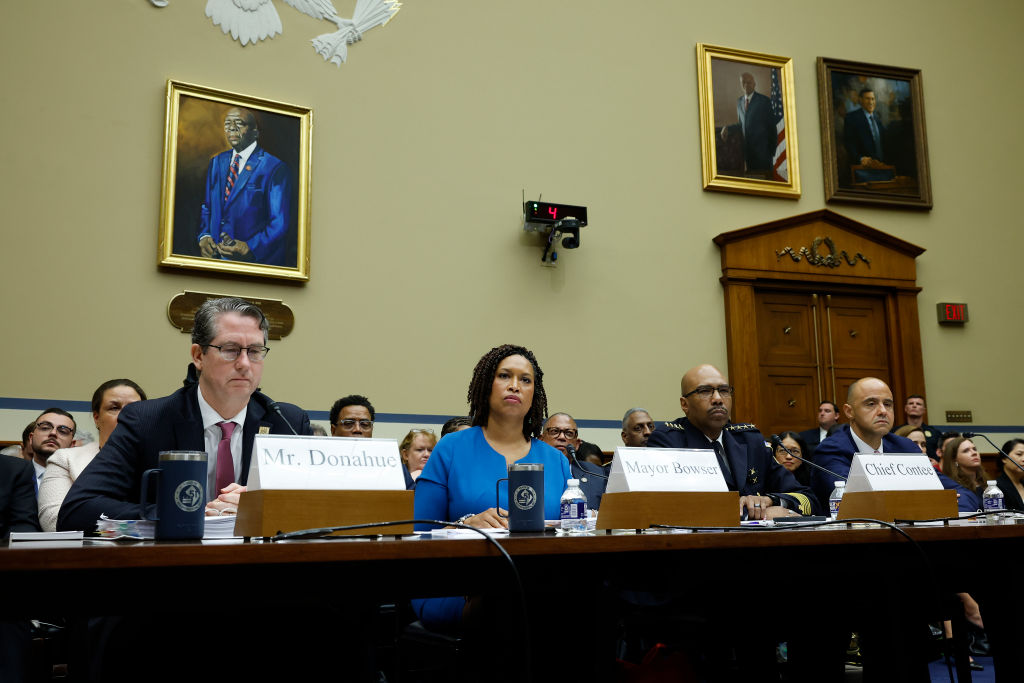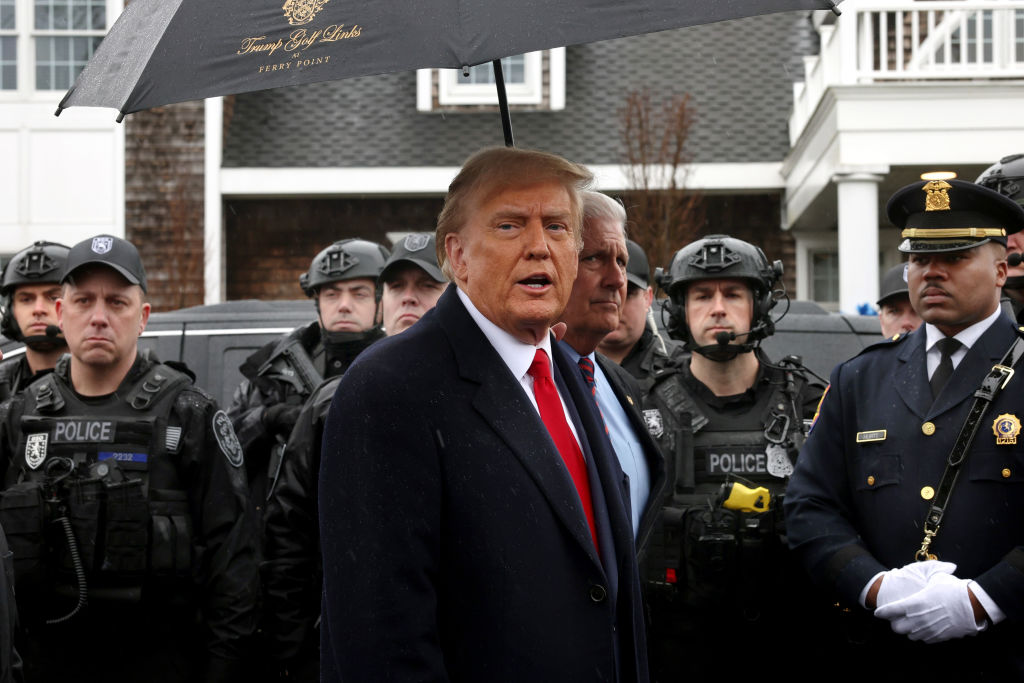A generation or two is usually enough time for a family whose fortune may have been built upon a crime to bury its heritage. Not Las Vegas. It’s proud of its inglorious past.
Housed in a four-story former federal courthouse and US post office in downtown Las Vegas, the Mob Museum revels in Sin City’s storied, unconventional and very criminal past.
The building’s basement, for example, has been converted into an immersive exhibit redolent of the Prohibition era, complete with a fully operational speakeasy featuring a menu of 1920s-style cocktails. Gin-based Bee’s Knees and other drinks are served, and a traditional whiskey Old-Fashioned will be delivered hidden in a book. You’ll be invited to tour an onsite distillery where 100-proof corn moonshine is made.
Upstairs, you’ll want to take photos of yourself sitting in an exact replica of Sing Sing’s electric chair — the same model in which Murder, Inc. founder and hit man Louis “Lepke” Buchalter ended his days on March 4, 1944.
Nearby is the original brick wall against which seven mobsters affiliated with “Bugs” Moran’s North Side Gang were executed by four men (two with shotguns and two, dressed as Chicago policemen, with Thompson submachine guns) in the Saint Valentine’s Day Massacre of 1929. The suspicion is that Al Capone, head of the rival Chicago Outfit, had something to do with the murders, but no one was ever charged.
Tommy guns like the ones used in the massacre are on display — available to pick up, handle and shoot (electronically).
On another floor is a reassembled courtroom where US senator Estes Kefauver held committee hearings on the influence of organized crime in interstate commerce. It has been thoughtfully restored to its 1950s appearance; moviegoers will recognize it from the hearing-room scene in The Godfather Part II, which plays on two screens behind the senator’s dais.
Claire White, the museum’s director of education, who led me through its exhibits, noted that the museum was very careful with the reconstruction: “It was important to maintain its integrity for historical reasons. We want guests to feel they are part of that history, and this building is on the register of Historic Spaces.”
There are several interactive exhibits, including a firearms training simulator with training videos used by law enforcement. You may even encounter an in-progress “armed robbery” at a convenience store that will require you to make the same kind of split-second decision a police officer must. Like his, your goal is not to shoot, but to deescalate the situation.
Good luck with that.
The Forensic Room offers a literally hands-on experience — your thumbprint will be matched against an array of various mobsters’ prints and will identify which gangster’s your print most resembles.
The Death Investigation room features a digital autopsy table like those used in medical schools. You’ll see victims of three different mob hits on a giant computer screen and, as the coroner, you will be tasked with figuring out how they died.
In the Crime Scene Investigation (CSI) room, you’ll find a row of potential evidence: two checks to examine, one of which is forged; a knife, some hair, a shoe tread with stuck-on particles of an unknown substance (you’ll need a magnifying glass).
The bullet comparison microscope offers one bullet (recovered at the “crime scene”) along with four others. You’ll have to match the evidentiary bullet with one of the samples to figure out which gun was used.
On the second floor are yet more items: a pair of Bugsy Siegel’s sunglasses, a down-payment check of $9,500 used to purchase the land for the Flamingo, a briefcase owned by Moe Dalitz, financier of the Desert Inn, handcuffs worn by Tony “the Ant” Spilotro upon his arrest. The museum is also expanding its collection of movie memorabilia.
White expressed enthusiasm about a new acquisition: “We’ve just received a phone booth from the Four Deuces Saloon & Brothel, owned by Al Capone and his mentor, Johnny Torrio. The club’s address: 2222 Wabash Avenue.”
Give yourself at least two hours to go through the museum (it took me four), and if you’re going to pay to experience the immersive exhibits (you should!) each will take up to half an hour.
And on your way out, be sure to pay your respects at “Made Men” Wall, dedicated to “men and occasionally women, lured by money, respect and power [who’ve] joined forces to fleece America — and eliminate anyone standing in their way.”
This article is taken from The Spectator’s June 2023 World edition.



